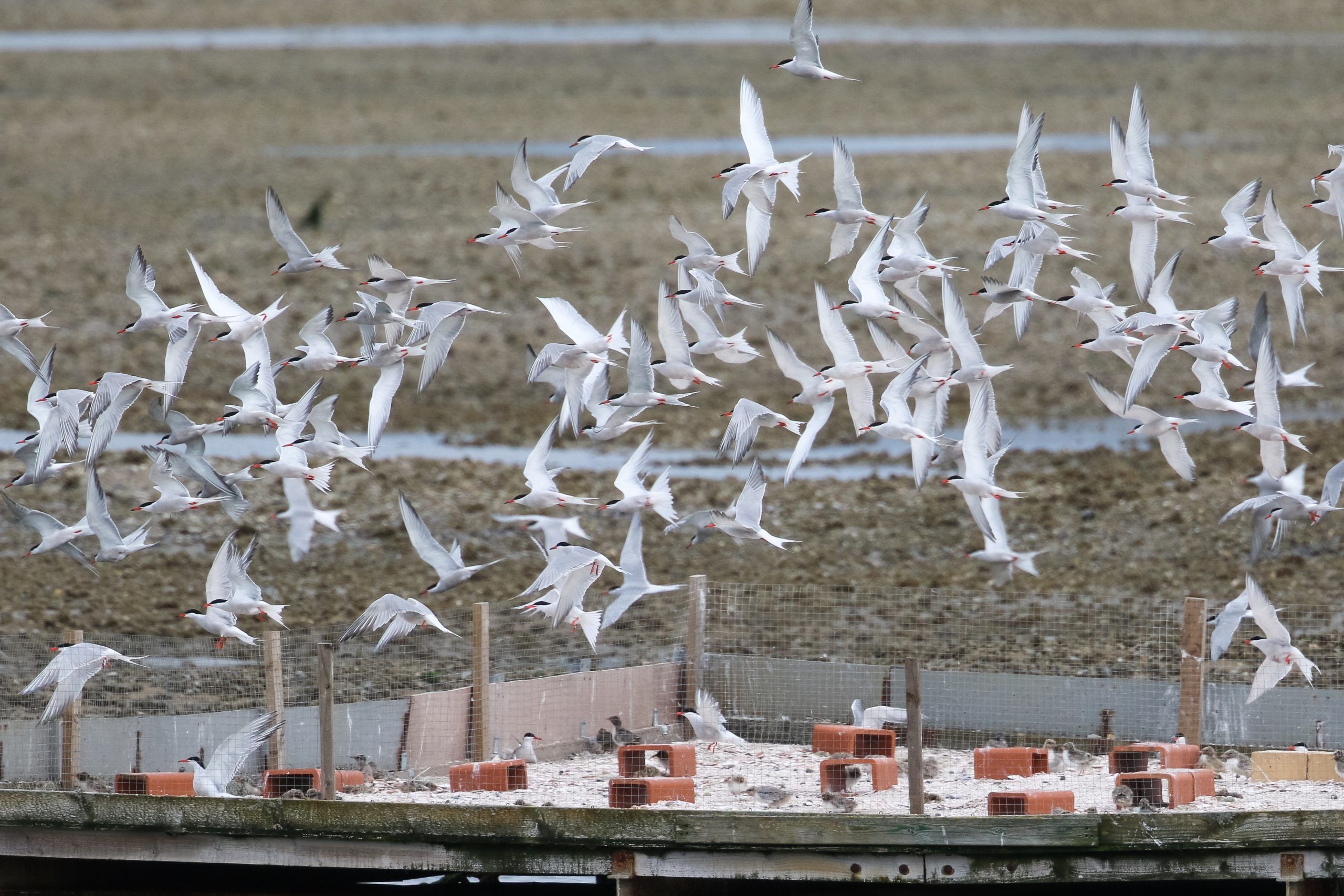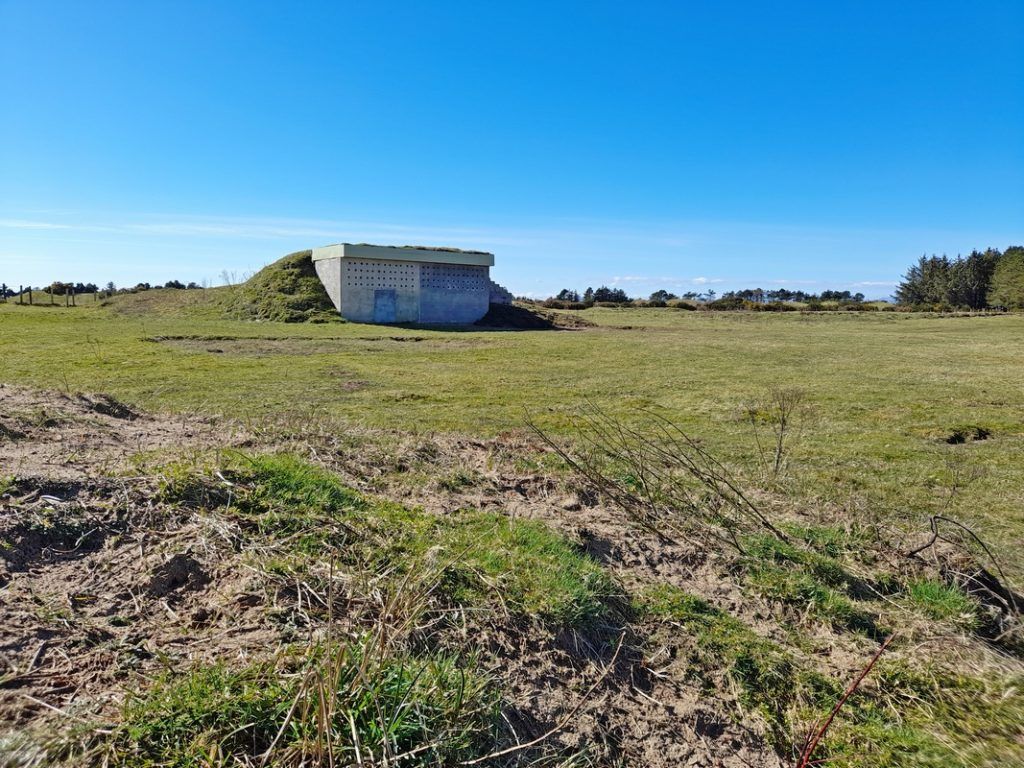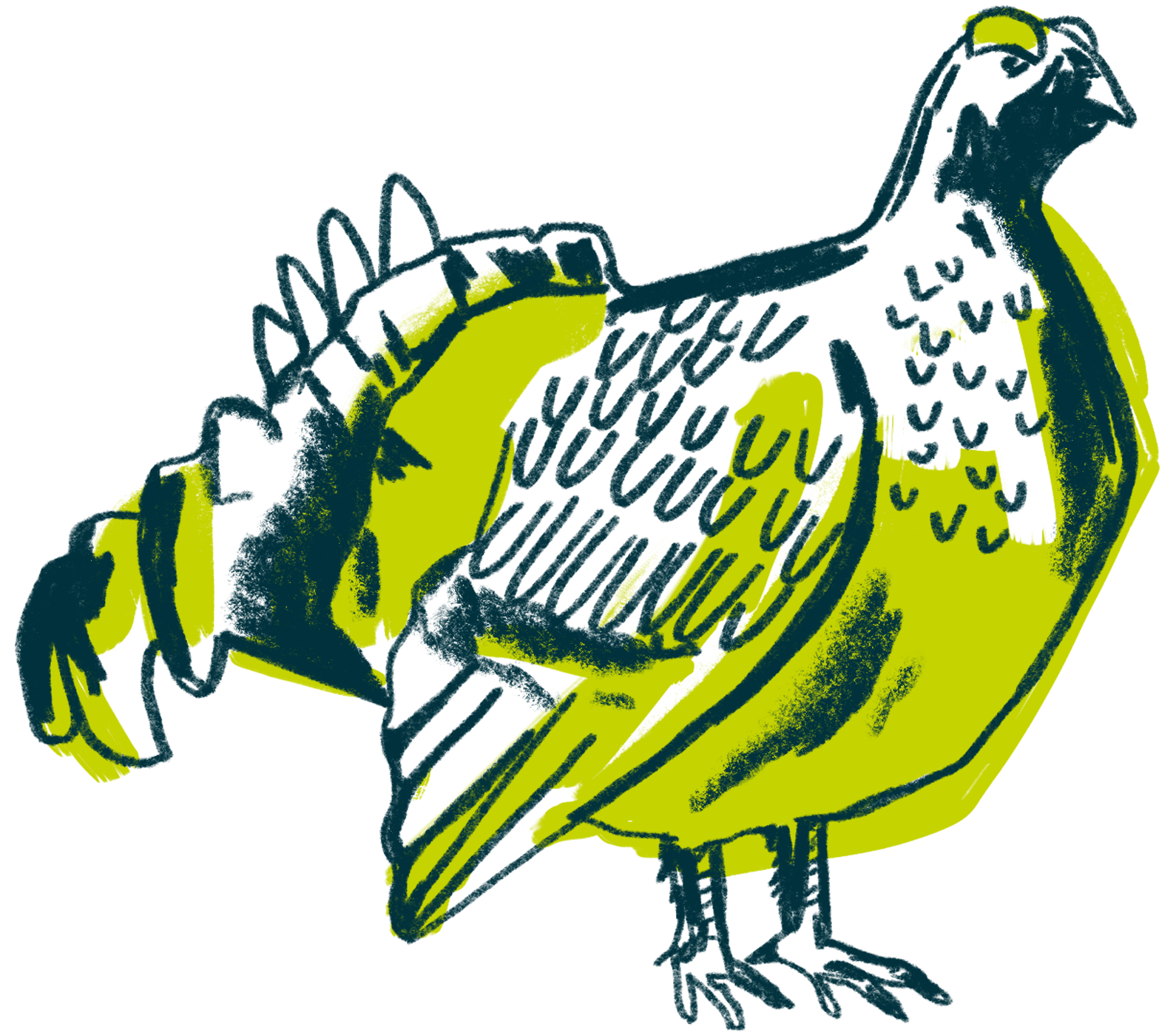
By Ian McNab, PR & Communications Manager, Scottish Wildlife Trust
In a few weeks, the Scottish Government will be announcing their latest budget and it’s vital that it includes strong support for nature restoration.
Nature is in trouble, there’s no two ways about it. As a society, we have a lot of work to do if we’re going to help Scotland achieve a nature-positive future. However, despite the challenges, this is a future that is within our grasp.
At the Scottish Wildlife Trust, we manage over 100 nature reserves across Scotland, and thanks to our funders we’ve been able to achieve some amazing results for wildlife. Here’s just a taste of what we’ve been up to over the last few months.
Sand martins at Gailes Marsh
Sand martins have been a long-term feature of Gailes Marsh, building their nests in purpose built sandy banks since 2009. In recent years, they’ve been making use of a new cleverly designed structure that was installed to mimic their natural habitat. Not only does this supplement the birds’ existing breeding sites, but it also provides staff and volunteers access to the nests so they can monitor them more easily.
The structure is evidently proving popular with the sand martins, as the Clyde Ringing Group’s ongoing study revealed record usage during 2024. Of the 100 nesting cavities, 77 were occupied, which is an increase from 70 in 2023. Moreover, there were 143 breeding attempts and at least 488 successfully fledged chicks. Again, both figures are an increase compared to previous years.

Sand martin house © Gill Smart
The reserve team were expecting a difficult year for the sand martins due to the cold summer, so to not only match but exceed previous results is very encouraging for the site. Hopefully, improved weather in future years could lead to even better results.
Common terns at Montrose Basin
After a challenging few years, common terns are back with a bang at Montrose Basin, with over 40 pairs nesting on a specially designed raft. Between them, they raised over 100 chicks, making this their best year on the reserve since 2017.
The raft, known as the “Maid of Sterna Stuff II”, was custom designed for the terns and has been situated carefully to ensure it always stays afloat, regardless of the tide. It allows them to safely build their nests without risk of predation by foxes, otters or other mammals.
As we hope for another successful season next year, we’ll also be keeping a close eye on the chicks’ movements, with 87 being ringed by volunteers from the Tay Ringing Group.
Yellow-rattle at Oldhall Ponds
Reserve staff at Oldhall Ponds recently trialled a new technique for harvesting yellow-rattle, by towing a seed harvester behind a quad bike. It proved successful, as they gathered approximately 10kg across less than half a hectare – to purchase this much would otherwise have cost up to £4,000!
Yellow-rattle is a semi-parasitic plant that feeds off nutrients in the roots of nearby grasses. This might sound like a bad thing, but often these grasses can outcompete native wildflowers which create vital habitats for pollinators, including butterflies and bees.

Yellow-rattle © Les Binns
The work was undertaken through the Nectar Network, a partnership between the Scottish Wildlife Trust, North Ayrshire Council and South Ayrshire which has been funded through the Scottish Government’s Nature Restoration Fund. Now the yellow-rattle taken from Oldhall Ponds can be sown in other locations across the network that need a wildflower boost.
To learn more about our wildlife reserves and other work the Trust is involved with, visit our website.
You can support Scotland’s wildlife by telling our decision makers how much Scotland Loves Nature. Sign the petition telling the Scottish Government not to cut funding for nature in its budget on 4 December.
Erratum: This blog post originally stated that yellow-rattle as harvested at the Scottish Wildlife Trust’s Shewalton Sandpits reserve. In fact it was harvested at Oldhall Ponds.

